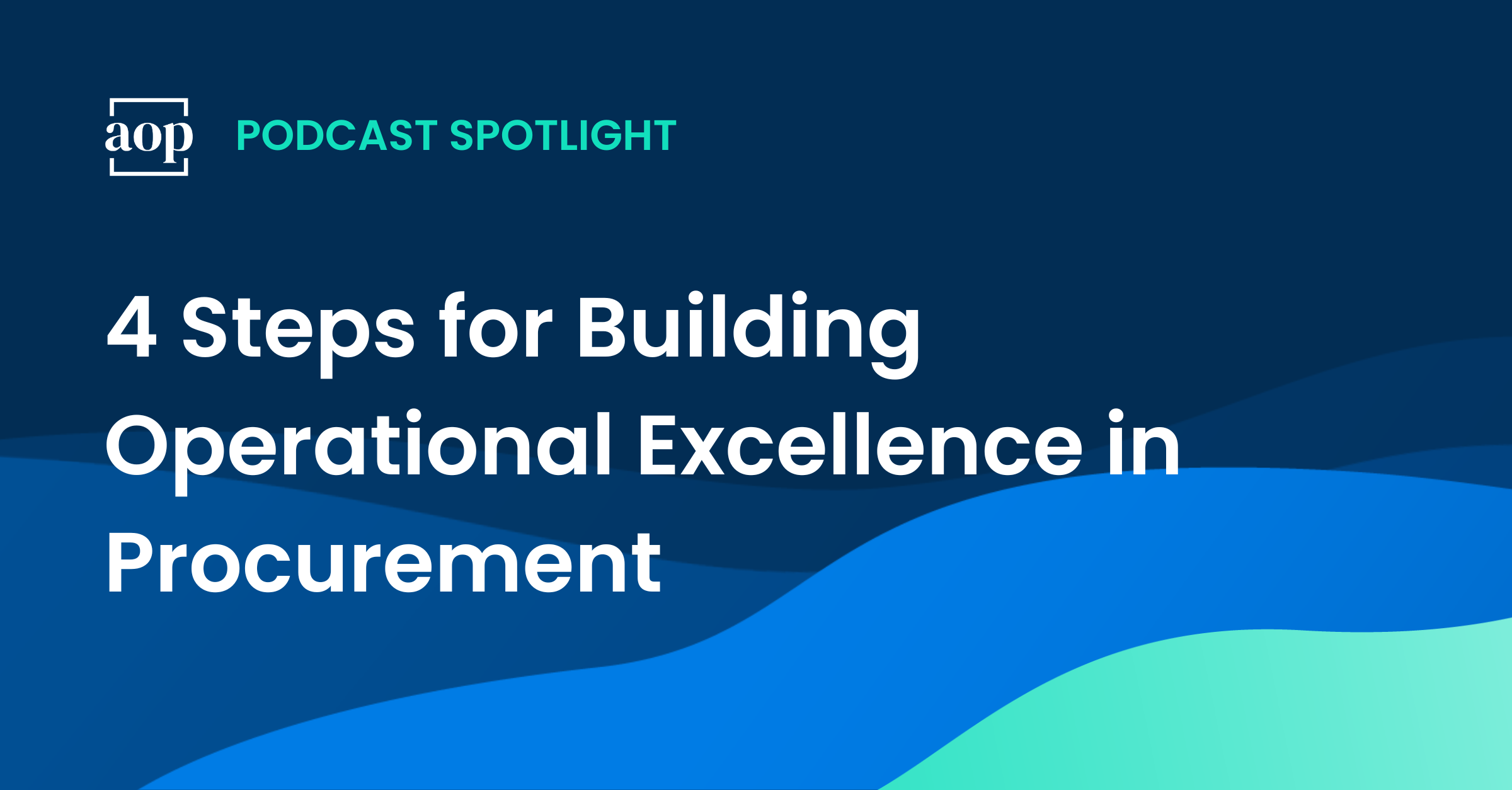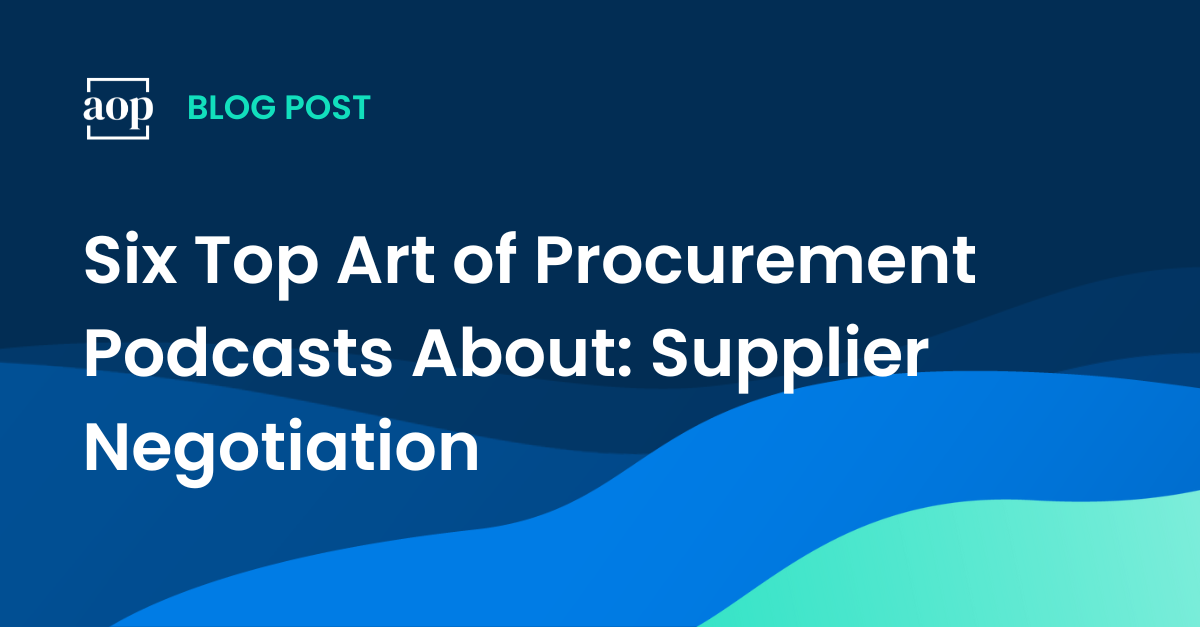
One of the amazing things about procurement is the ability to become what the business needs in the moment. Scarcity of supply? Procurement can find it. Costs going up? Procurement can find a way to mitigate increases. ESG lands at the top of the executive priority list? Procurement has been increasing sustainability and diversity for years.
My guest on the pod last week shared an interesting perspective on how procurement can pull all of those capabilities together into a comprehensive procurement identity. Chris Riley is a Principal of Supply Chain and Procurement at Deloitte Consulting today, but we have a long history.
We were flatmates at the start of our careers and he was a groomsman in my wedding. We’ve seen as many things change in each other’s personal lives as we have in the world around us, but Chris has never lost his big picture point of view.
“Now is the perfect time for procurement to level up and earn a reputation for being a high-performing function,” he explained. “During the pandemic, the world was laser focused on supply chains, upping the stakes for procurement and supply chain practitioners through the challenges and opportunities they had to face.”
Now there is a growing focus on cybersecurity as well as the need for socially conscious spending and third-party risk management. These challenges are being compounded by chronic labor and supply shortages, along with rising inflation.
Ever the positive thinker, Chris believes procurement has a golden opportunity to optimize their strategies and processes to achieve what he calls true “operational excellence.” Here is his 4-step process for getting us there:
Step 1: Get a data-driven, consolidated view of the opportunities at hand
Starting with the sourcing pipeline, do a manual sweep of sourcing and contract management systems to capture and centralize all forward-looking opportunities. Engage with business partners to understand their current and forecasted demand, and consider employing tools such as a ‘start-stop-continue’ review process to identify areas for improvement and ensure a consistent focus on the right things.
Step 2: Build a sustainable process on a digital platform
The effort invested in step 1 justifies building a process to make it sustainable. Make sure that processes and technology naturally ‘feed’ opportunities into the pipeline for review, sourcing, and contract. By the time this step is complete, procurement’s visibility into the work to be done should be much improved.
Step 3: Measure and analyze
The visibility gained in steps 1 and 2 should make it possible to create standard process flows and timeline expectations for all projects based on their relative complexity. The more data procurement collects about their own workflows and turnaround times, the better positioned they are to accurately estimate how long future projects will take and find ways to increase process efficiency.
Step 4: Optimize the procurement process
Once procurement has measured and analyzed their efficiency, they can identify areas of improvement like reviewing sourcing process steps, challenging the need for excessive approvals, or addressing capability gaps through training and automation. The goal at this point is to optimize the procurement experience and reduce inefficiency, ultimately transforming procurement into a high-performing function.
Procurement is accustomed to looking at the ROI of spend, but they should consider the ROI of their various different activities as well. Understanding all of the capabilities the company wants procurement to have and the benefits associated with each one will make it easier for procurement to prioritize their time and effort by project and business objective. Focusing on high ROI activities is what truly makes procurement a high performing function.




